Norfolk Island Pine vs Cook Island Pine
NoVaPlantGuy_Z7b_8a
12 years ago
Featured Answer
Comments (19)
salicaceae
12 years agoMark Wasserman
12 years agoRelated Professionals
Ferndale Landscape Architects & Landscape Designers · Mitchellville Landscape Architects & Landscape Designers · Saint Louis Park Landscape Architects & Landscape Designers · Surprise Landscape Contractors · Biloxi Landscape Contractors · Cudahy Landscape Contractors · Danvers Landscape Contractors · Dedham Landscape Contractors · Mesa Landscape Contractors · Panama City Beach Landscape Contractors · Pueblo West Landscape Contractors · Royal Oak Landscape Contractors · Woodburn Landscape Contractors · Oxon Hill Landscape Contractors · Winter Gardens Landscape Contractorsnoki
12 years agoNoVaPlantGuy_Z7b_8a
12 years agoMark Wasserman
12 years agosalicaceae
12 years agoeric_9b
12 years agoNoVaPlantGuy_Z7b_8a
12 years agonoki
12 years agoNoVaPlantGuy_Z7b_8a
12 years agopineresin
12 years agowandering_willow
12 years agojonesronald21
8 years agodavidrt28 (zone 7)
8 years agolast modified: 8 years agoGeorge Norte
5 years agolast modified: 5 years agoEmbothrium
5 years agoAryelle Lonergan
2 years agolast modified: 2 years agoAryelle Lonergan
2 years agolast modified: 2 years ago
Related Stories
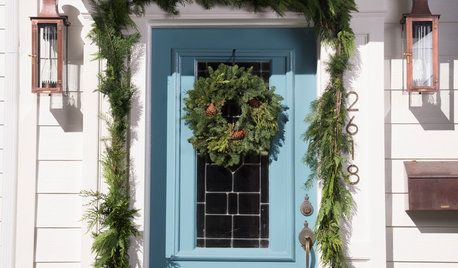
CHRISTMASQuick and Easy Christmas Decor With Greens, Wreaths and Pine Cones
When you're short on time, focus on the basics to make your house festive and fragrant
Full Story
KITCHEN ISLANDS10 Ways to Refresh Your Kitchen Island
Give this key feature a style overhaul with new paint, trim or other decorative details
Full Story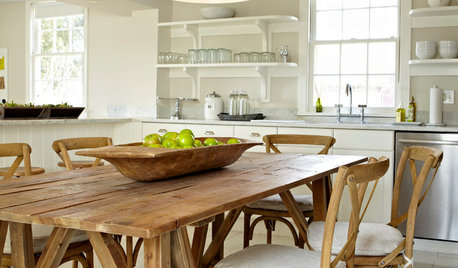
KITCHEN DESIGNGoodbye, Island. Hello, Kitchen Table
See why an ‘eat-in’ table can sometimes be a better choice for a kitchen than an island
Full Story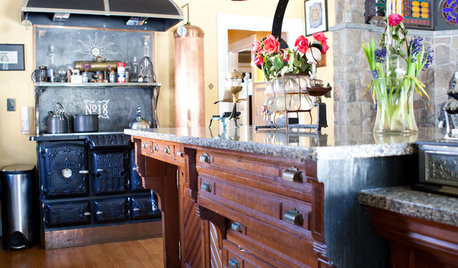
KITCHEN DESIGNThe Best of My Houzz: 20 Creative Kitchen Islands
Nixing ready made for readily imaginative, these homeowners fashioned kitchen islands after their own hearts
Full Story
KITCHEN ISLANDSInspiring Ideas for Vintage Kitchen Islands
Tired of the same old boxy kitchen island? Look to the past for a functional piece with timeless personality
Full Story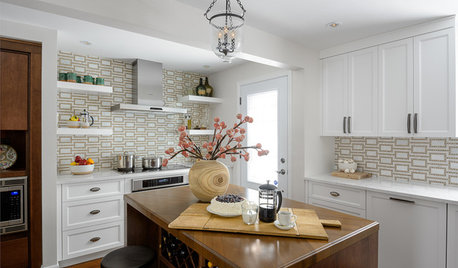
KITCHEN DESIGNKitchen of the Week: Hardworking Island in a Timeless Space
A new layout, tailored workstations and a rich mix of surfaces create a beautiful and functional family kitchen
Full Story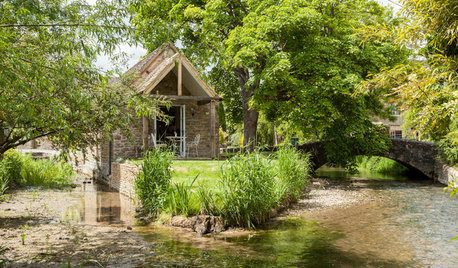
HOUZZ TOURSMy Houzz: An 18th-Century Cottage on a Tiny English Island
Once a place for a miller to store his cart, this tiny building is now a cozy home, redesigned using reclaimed materials
Full Story
HOUZZ TOURSMy Houzz: Salvage Finds and DIY Love in Rhode Island
A Providence couple layers on meaningful mementos and hands-on style for a personalized interior palette
Full Story
PRODUCT PICKSGuest Picks: Add Instant Workspace With a Kitchen Island
Get more room for slicing and dicing without cutting into countertop space with one of these freestanding pieces
Full Story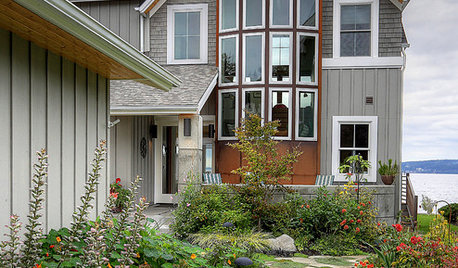
CONTEMPORARY HOMESHouzz Tour: Coastal New England Style Meets Pacific Northwest Modern
Homeowners ease into retirement in this Camano Island home, enjoying seaside views, cooking and gardening
Full StoryMore Discussions






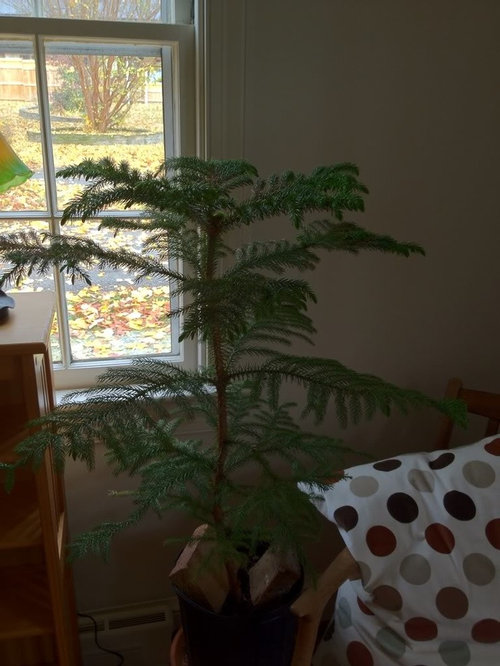
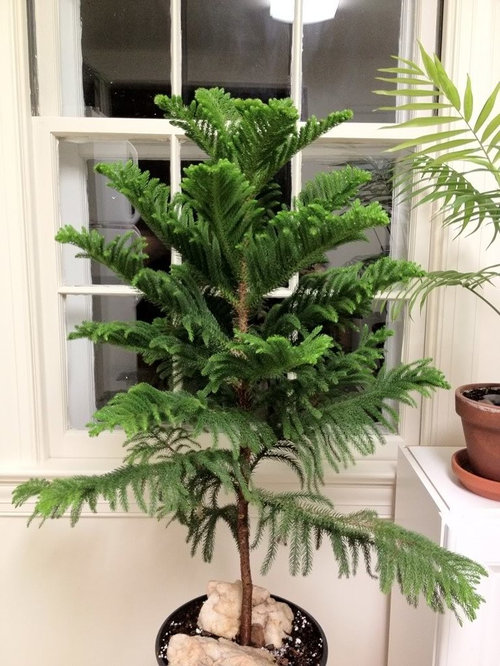
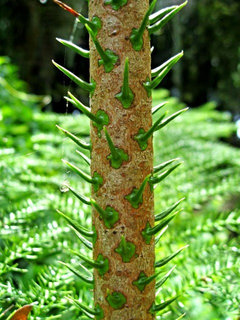
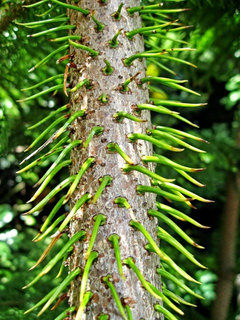
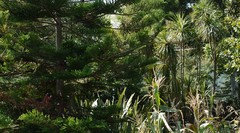


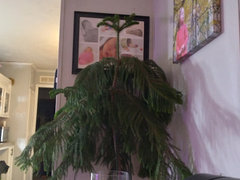

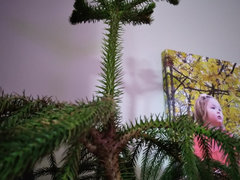


eric_9b